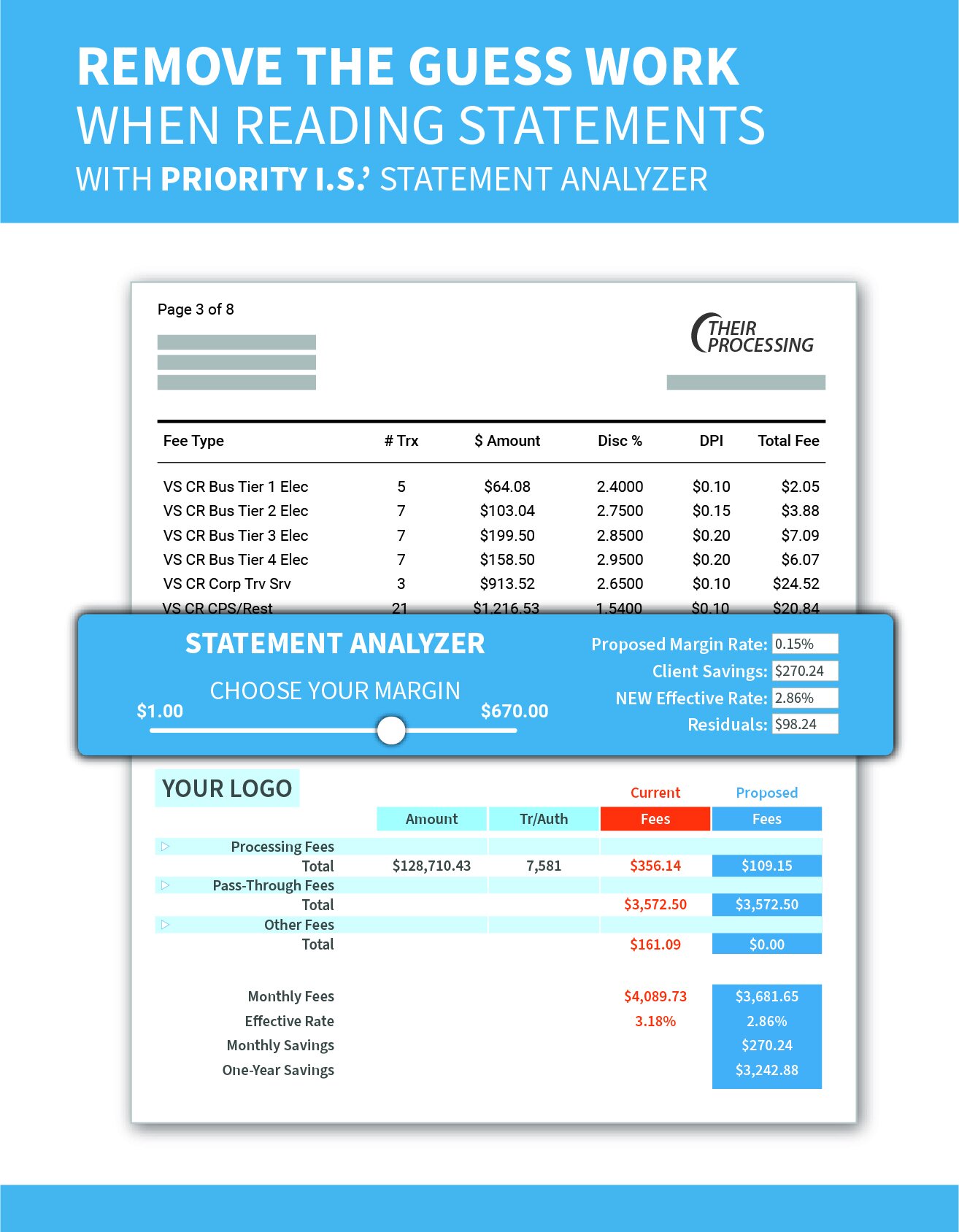
TIN Validation: Defined, Preventing, and Resolving

Tax season has arrived and has, once again, proven to be one of the most arduous times of the year. As millions of citizens scramble to seek resourceful and legitimate guidance from tax accounts, merchants heavily rely on the attentiveness of their ISO principals and processor officials to take precursive actions to prevent complications that can result from invalid TIN’s.
TIN Validation Defined
In accordance with the Internal Revenue Service (IRS), “A taxpayer identification number (TIN) is an identification number used by the IRS in the administration of tax laws” (although TINs are also issued by the Social Security Administration (SSA).
BOLD Integrated Payment’s own Client Service’s Specialist Brian McPherson was gracious enough to share his guidance regarding TIN validations. McPherson’s knowledge on this topic has expanded plenty, after having completed even the most arduous of TIN cases. In short, TIN validation is a process in which legal officials validate a taxpayer’s’/business’s tax filing status by ensuring that the following three parameters of the entity profile matches those listed on the IRS profile:
- Corporate/Legal Title
- Identification Number
- Business Type (A few of the most common types include Sole Proprietorship,
Partnership, LLC, Corporation, and S Corporation)
Preventing Invalid TINs
All partners are highly advised to take preventative measures to maintain the validity of merchant’s’ TINs. To do so, partners should be proactive to cross-check their merchant’s’ legal entity titles, identification numbers, and business types between the merchant profiles and their respective IRS profiles.
Should any discrepancies be identified, the TIN status will be declared invalid. An outstandingly common discrepancy that can be avoided during the merchant boarding process involves Legal Title acronym, character, special, or punctuation differences. It is critical that the tax filing name is completely identical to the application corporate title.
Risks of Invalid TINs
Ramifications of invalid TIN include a monthly penalty fee of $49 until TIN is validated. Should the merchant neglect this beyond 365 calendar days, the taxpayer profile will go into backup withholding at the end of the fiscal year – a serious consequence that typically impairs affected business’ operational integrities, as 24% of their business revenue should then be withheld by the government for one calendar year, or until the merchant files taxes for the following calendar year, during which the TIN gets resubmitted into the validation process for review.
How to Resolve Invalid TINs
To validate an invalid TIN, there are 3 steps that a partner/processor can take:
- Submit a W-9 form completed with information that is identical to the IRS
profile. - Obtain a copy of the merchant’s driver’s license for security verification
purposes. - Obtain a copy of the merchant’s tax return from the previous year for
identification review.
BOLD partners may submit the above documentation to Priority Payment Systems via their online portal https://www.pps.io/ or support line at 1-800-935-5961.
Agents should consult the Secretary of State webpage with accordance to individual merchant’s’ business locations.
For more information regarding TIN matching, visit IRS.gov | TIN Matching
Questions About TIN Matching?
Contact BOLD by filling out the form below and a representative will contact you shortly.




![contactless payments_317416583 [Converted]-01.png](https://images.squarespace-cdn.com/content/v1/593014b0414fb58c4dfa2ca6/1624385871952-SF3QS4BUU6UXAVIL83GU/contactless+payments_317416583+%5BConverted%5D-01.png)





Recent Comments